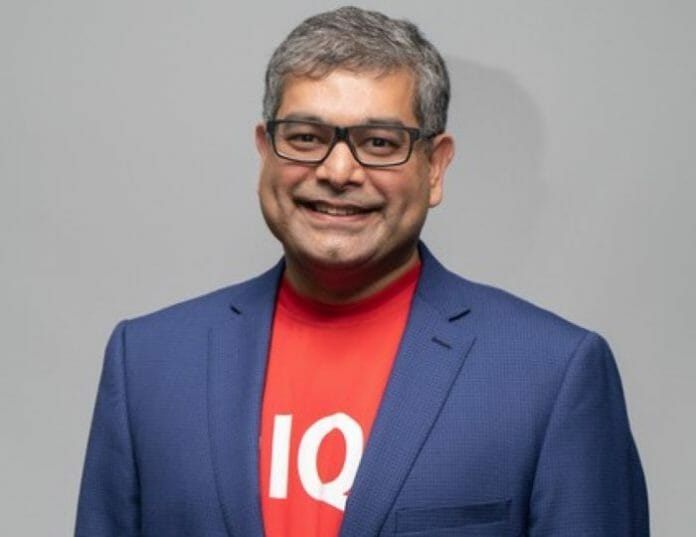The latest data from Malaysia My Second Home (MM2H) and Sarawak-MM2H shows that other nationalities still find Malaysia one of the most appealing destinations in Southeast Asia, according to comments released today by Juwai IQI Co-Founder and Group CEO Kashif Ansari.
“Since the late-2021 reforms to the federal Malaysia My Second Home (MM2H) program, it has received 2,164 applications and approved about 88% of those, or 1,905.
“The authorities in Sarawak had already approved 406 applications by the end of July 2023, which suggests the full year, 2023 total could be about 700. If you compare Sarawak’s 700 estimated approvals in 2023 to the number of approvals issued in 2021, which was 27, the growth seems dramatic. Going from 27 to 700 per year is equivalent to 3,200% growth.
“These numbers show there is still sufficient international demand to make the national MM2H a success.
How Sarawak MM2H Compares to Federal Program
“Given the rate at which Sarawak issued MM2H visas in the first half of 2023, the total should hit about 700 by year-end,” Mr Ansari said.
“The high approval rate is evidence that the program attracts the kind of person Malaysian wants. These are relatively big spenders who tend to buy or rent homes in touristy locations. They don’t compete with Malaysians for housing.
“The Sarawak program’s requirements differ from those of the federal program. In Sarawak, the minimum bank deposit is RM150,000 (US$32,000), while the current federal program requires a minimum deposit of RM1,000,000 (US$212,000).
“The Sarawak program also has lower residency and annual income requirements than the new federal program. For example, you must spend 30 days a year in Sarawak under its terms, which compares to 90 days for the federal MM2H. And you must have a minimum annual income of RM84,000 (US$18,000) for Sarawak MM2H. The federal MM2H program requires a minimum annual income of RM408,000 (US$103,000).
Who Benefits from MM2H?
“Our data shows the most common MM2H participants are retirees who have fallen in love with the Malaysian culture and lifestyle. They want to live here and learn more about the country.
“The locations that benefit most from MM2H are popular vacation and second home markets where the lifestyle most appeals to retirees.
“The MM2H program provides Malaysia with several economic benefits. The program attracts high-spending tourists and residents who contribute to the economy by spending on accommodation, dining, shopping, and other services. This spending supports local businesses and can lead to job creation.
“The program also helps promote Malaysia as a luxury and long-term tourism destination, and long-term tourists tend to spend much more locally than short-term tourists.
“The program also helps Malaysia attract new tourist demographics, especially affluent, long term visitors. This diversification is especially valuable today, given that total tourist numbers are still lower than before the pandemic.
Malaysia’s Biggest Competitors
“Other countries are competing for the same tourists. Malaysia’s biggest competitors are Thailand, Indonesia, Cambodia, and the Philippines. All four countries offer visa programs that compete with MM2H and Sarawak-MM2H. Each country regularly updates its program to stay competitive with the others.
“MM2H is attractive in part because Malaysia allows foreigners to own property. Purchasing property here is a straightforward process, and foreigners can buy houses that sit on land rather than just apartments, which Thailand prohibits.
“Malaysia’s cost of living is also appealing. For example, the cost of living in Manila, Philippines, is 12 per cent higher than in Kuala Lumpur. Living in Bangkok costs 25 per cent more, while Phnom Penh costs 27 points more.
“Of four capital cities whose residency programs compete with MM2H, only Jakarta has a cost of living on par with Kuala Lumpur’s. This cost-of-living data comes from Numbeo.
What Do We See in MM2H’s Future?
“When tabling the 2024 Budget in October, the Prime Minister said he intended to revise the federal MM2H program to attract more participants and increase its economic benefits.
“Whether the program is revised or not, we see a bright future. Malaysia already has a strong brand name with global tourists and travellers. The program and our lifestyle are competitive with Thailand, Indonesia, Cambodia, and the Philippines.
“The relatively slow launch of the Malaysia Premium Visa Program (PViP) also reveals MM2H to have high name recognition among foreigners. Despite having similar requirements to MM2H, and despite offering a much longer and renewable 20-year term, PViP has not been a hit with tourists. Only 57 applicants filed requests for a PViP visa in its first year, and only 28 obtained approvals. That’s many fewer than the 700 MM2H approvals we expect this year.
“We project that the number of applicants for MM2H and Sarawak-MM2H will remain steady in 2024. The success of MM2H and Sarawak-MM2H underscores Malaysia’s enduring appeal with expatriates and retirees. MM2H fosters increased spending and employment and enhances Malaysia’s reputation as a long-term tourism destination. Despite competition from neighbouring countries, Malaysia’s unique blend of lifestyle, cultural richness, and financial advantages will attract numerous international residents in 2024.”









